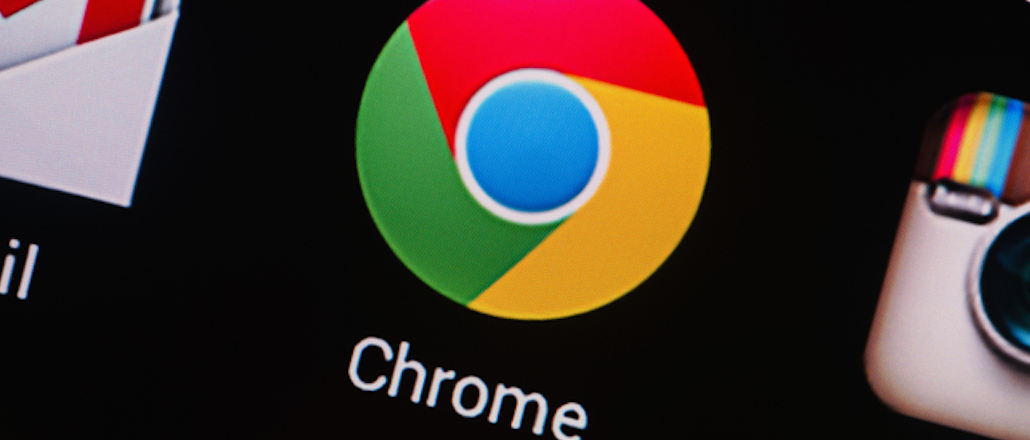
First, Facebook coaxed publishers into posting articles directly to its platform by citing a superior mobile user experience. Now, Google is making a similar pitch to retailers.
Even though more people are shopping on their phones, the majority aren’t making actual purchases on mobile. Google’s solution: sponsored, mobile-only “buy” buttons that keep people on Google rather than sending them back to the retailer’s check-out page. The idea: People will buy more with a seamless checkout than they would if forced to wait for a retailer’s page to load and then go through a less user-friendly checkout process.
To sweeten the deal, Google won’t take any cut of revenue from the sales buy buttons facilitate, but the sales will come at a different type of cost for retailers. With Google acting as the transactional middleman, retailers will miss out on a potentially hearty portion of the consumer data that comes in when a purchase is made. With the buy buttons, retailers will still handle shipping and delivery, but control over promotion codes, suggested items, brand loyalty and customer service could be forfeited by retailers if they add the buy button to a sponsored Google ad.
“While it’s a good feature, it definitely isn’t a no-brainer that all retailers should invest in,” said Jason Goldberg, vp of strategy at Razorfish, because a “whole set of issues” can come with transactions on a third-party platform: Google’s sponsored ads might not be able to keep up with stock quantities or backorders; shoppers will be subjected to Google’s less specialized customer service.
This is the world of platforms now. Google and Facebook were once content to serve as traffic controllers, sending Internet users here, there and everywhere. Now, however, these same platforms want people to stay put. That makes for a difficult calculus for sites used to receiving a good chunk of their traffic from platforms.
For retailers running ads on Google, the appeal of the buy button lies in its ability to tackle the biggest problem facing m-commerce: friction. People are searching and shopping more from their phones than ever before, but there are multiple obstacles along the way, like multiple loading pages, that give the consumer the chance to opt out, according to Goldberg. Google’s buttons can streamline the process by limiting the number of necessary clicks-to-buy to just one, as well as storing credit card information for future convenience.
“Google, with its traffic, is in a good position to reduce some of that friction and capture impulse purchases,” said Sucharita Mulpuru-Kodali, retail analyst at Forrester, who added that with the recent departure of Google’s head of commerce, Sameer Samat, the buy button roll-out could lose steam.
Retailers who do adopt the tool could run into trouble when Google’s platform is the one storing shopper’s credit card information, not their own. A regular Macy’s customer might buy something from the store via a buy button after seeing a promoted ad on Google, and then just as easily be sent to a competitor the next time.
Brands could also miss out on learning more about their information-rich mobile customer: Goldberg said that Google hasn’t yet released the full details of what consumer data would be shared with the retailer, outside of the name and address of the buyer. Google will also be offering opt-ins for shoppers to join retailers’ marketing program, like a Macy’s email list, but that’s a small token of information.
The smartest way for retailers to test the buy button is for “conquesting,” according to Goldberg. Since data about the mobile Google shopper isn’t as readily available as it is about the native shopper, retailers should place the button alongside sponsored ads for products that aren’t selling well with the existing consumer base, or with a targeted product that consumers are likely to buy as a solo purchase.
“Right now, mobile users are less likely to buy goods, and if Google can figure out how to get users to buy, that’s a good thing. It solves a problem for the retailer,” said Goldberg. “But because of the potential downsides, retailers need to be smart about when to use it.”
More in Marketing

Ad Tech Briefing: Start-ups are now table stakes for the future of ad tech
Scaled ad tech companies need to maintain relationships with startups, when the sector is experiencing ongoing disruption due to AI.

Inside Kristi Argyilan’s RMN playbook: Lessons from the ‘godmother’ of retail media
Uber’s global head of advertising Kristi Argyilan says the future of retail media hinges on real-time relevance, brand differentiation, and breaking free from a one-size-fits-all playbook.

Digiday+ Research: More than half of marketers invest in TV and streaming, with an eye on impressions and branding
The majority of marketers are directing ad spend toward TV, with a focus on ads that drive impressions and branding.






